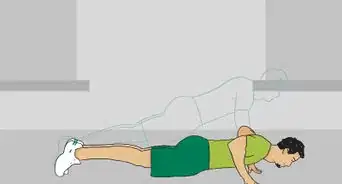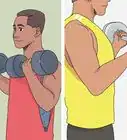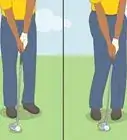X
This article was co-authored by wikiHow Staff. Our trained team of editors and researchers validate articles for accuracy and comprehensiveness. wikiHow's Content Management Team carefully monitors the work from our editorial staff to ensure that each article is backed by trusted research and meets our high quality standards.
This article has been viewed 6,533 times.
Learn more...
Chin ups are a great workout for your biceps and back. However, they’re tough to do correctly. One of the most common problems is excessive swinging, which takes tension away from the muscle groups you’re trying to work. Luckily, this is also an easy problem to fix. Focus on your form and alignment and the swinging should reduce significantly.
Steps
Method 1
Method 1 of 2:
Getting into the Right Position
-
1Step up to the bar with a bench or stool. While people commonly jump up to the chinning bar, this actually initiates swinging before you even start the workout. Avoid this by standing on a bench or stool and stepping up to the bar. Then grab the bar and lift yourself off the stool.[1]
- Make sure the stool that you use is completely stable and won’t tip when you stand on it.
- Some chinning bars have slots along the sides that you can step on and help yourself up. In this case, you won’t need a bench.
-
2Stay still and wait to stop swinging if you jump up to the bar. If you don’t have a bench and have to jump up to the bar, start by standing directly under the bar. Then jump straight up to reduce the swinging. When you grab the bar, wait for a few seconds until you stop swinging.[2]Advertisement
-
3Align yourself directly underneath the bar. Pulling yourself up from behind or in front of the bar produces swinging. Before you start the chin up, make sure you’re aligned directly beneath the bar. This way, you’ll move directly up and down with minimal swinging.[3]
- Staying properly aligned makes the workout more effective as well. When you don’t swing, your biceps and back get a more focused workout.
- While you’re working out, you might shift too far behind or in front of the bar. If this happens, stop and readjust to prevent more swinging.
-
4Bend your knees and cross your ankles to keep your core stabilized. Get into this starting position before doing your first chin up. Maintain it for the entire workout to keep your core engaged and reduce swinging.[4]
- Only bend your knees and keep them pointing straight at the floor. Don’t bend your body back from your hips or your body will be out of alignment.
- If you used a bench to step up to the bar, then bending your knees ensures you won’t hit it with your feet.
Advertisement
Method 2
Method 2 of 2:
Doing Chin Ups Correctly
-
1Tense your core and back before making the movement. If your back and abs are loose, then your body will bend out of alignment. This produces swinging as you pull yourself up. Keep your body tight by tensing your core and back before pulling yourself up.[5]
- If you aren’t sure if you’re using your core enough, try to imagine that you’re pulling your belly button back towards your spine.
- The motion uses the same theory as a plank, because the idea is to keep your core tight and prevent your back from arching too much. If you have trouble keeping your core tight, try incorporating planks into your routine to strengthen in.
-
2Pull yourself straight up to the bar. Focus all of your energy straight up so you don’t start swinging. Pull straight until your chin is above the bar, then hold the position for about 2 seconds.[6]
- If you were properly aligned under the bar when you started the workout, then you probably won’t have to work too hard to pull straight up. The right position is most important.
- Remember to keep your core tight as you’re pulling up.
-
3Lower yourself straight back down to your starting position. Release your biceps slowly to lower yourself straight down with a smooth motion. Keep your core and back tight so you stay aligned.[7]
- Once you reach the bottom of the chin up, you can rest your core before the next chin up. For more of a workout, keep your core tense the whole time.
-
4Move slowly and smoothly to prevent swinging. Moving too quickly at any point in the workout is a big reason for swinging. Maintain a slow, smooth motion for the entire movement.[8]
- This might get difficult when you start getting tired. Stay focused and resist the temptation to speed up.
- Working slowly gives you a better workout too. Pulling fast doesn’t work your muscles as hard, so you won’t be getting the most out of your workout.
-
5Do planks to strengthen your core for better chin ups. Since you need core and back strength to keep yourself straight, doing some core workouts can help improve your chin ups. Planks are the best core workout for this purpose. Get into a pushup position and tighten your core to keep your back straight. Then drop down to your elbows. Hold this position for as long as you can.[9]
- Try including planks into every exercise routine to build your core.
- Some people naturally think that other exercise machines like a lat pulldown bar or assisted chin up machine can strengthen their biceps and improve their chin ups. These are fine workouts, but they won't improve your chin ups because they train your biceps and back from a different angle.
Advertisement
References
- ↑ https://www.livestrong.com/article/541629-how-to-keep-from-swinging-when-doing-pull-ups/
- ↑ https://www.livestrong.com/article/541629-how-to-keep-from-swinging-when-doing-pull-ups/
- ↑ https://youtu.be/95gzGY5VhOI?t=64
- ↑ https://www.coachmag.co.uk/biceps-exercises/6992/how-to-do-a-chin-up-and-beef-up-your-biceps
- ↑ https://youtu.be/95gzGY5VhOI?t=113
- ↑ https://www.coachmag.co.uk/biceps-exercises/6992/how-to-do-a-chin-up-and-beef-up-your-biceps
- ↑ https://www.coachmag.co.uk/biceps-exercises/6992/how-to-do-a-chin-up-and-beef-up-your-biceps
- ↑ https://www.livestrong.com/article/541629-how-to-keep-from-swinging-when-doing-pull-ups/
- ↑ https://youtu.be/95gzGY5VhOI?t=236
About This Article
Advertisement
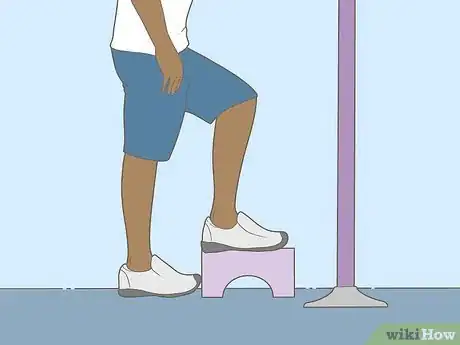
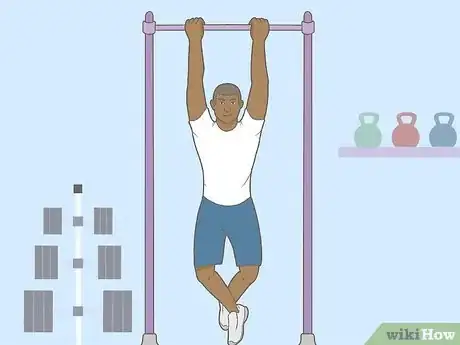
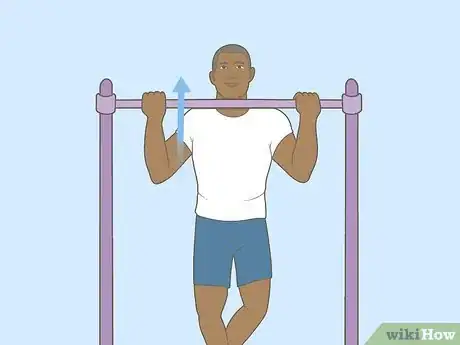
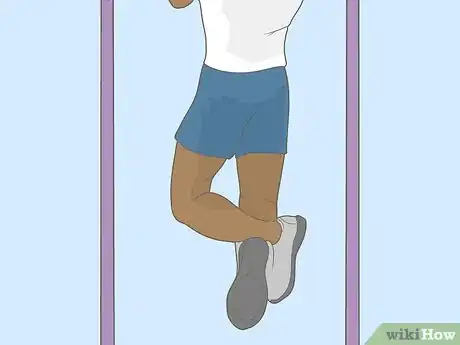
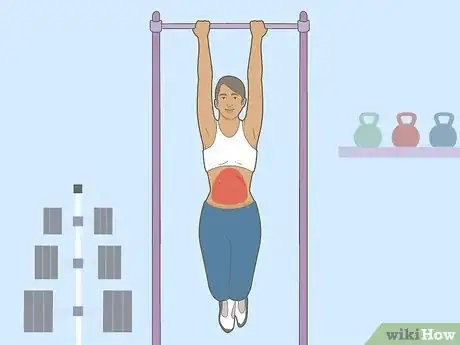
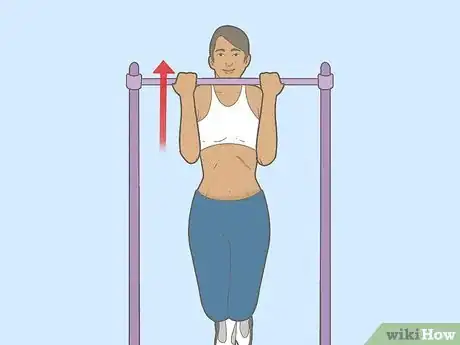
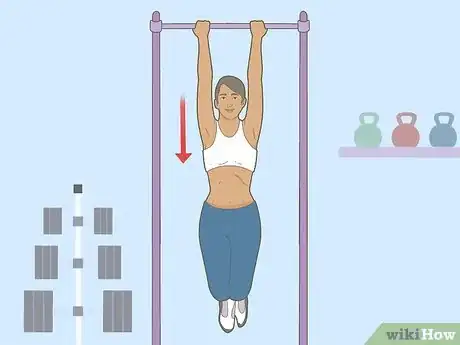
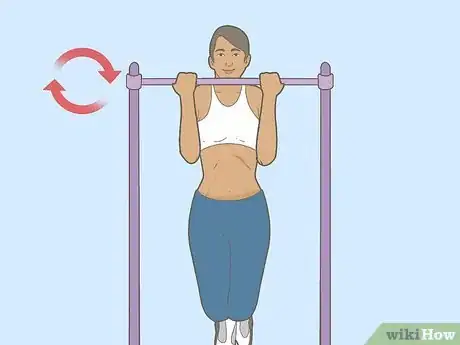
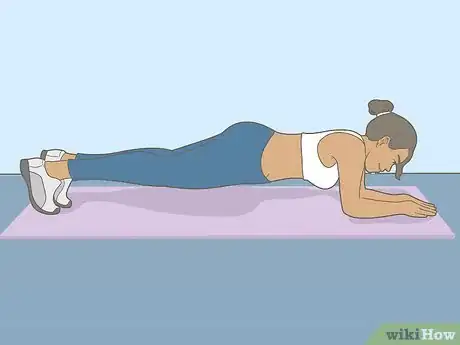



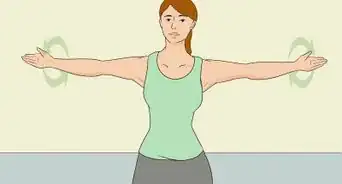
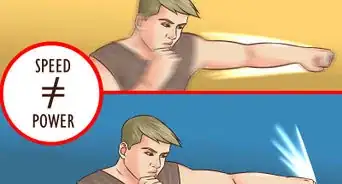
-Step-10-Version-5.webp)


